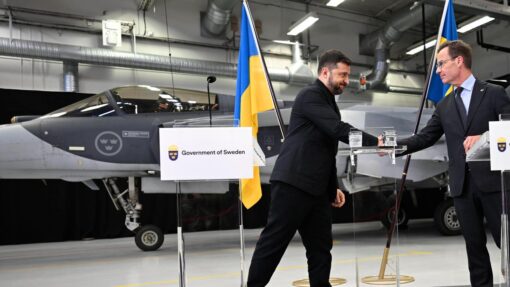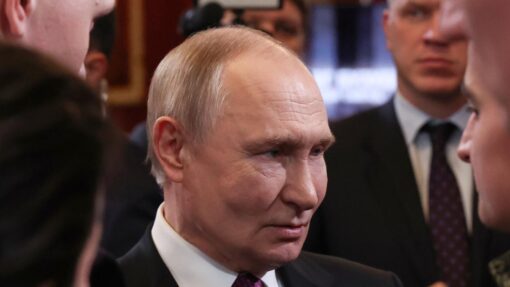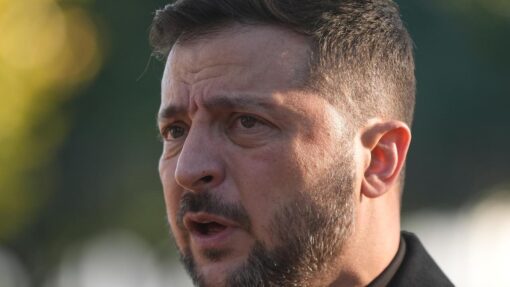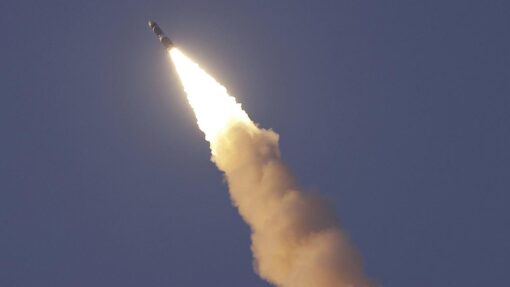EU agrees on Russian sanctions targeting shadow fleet
|
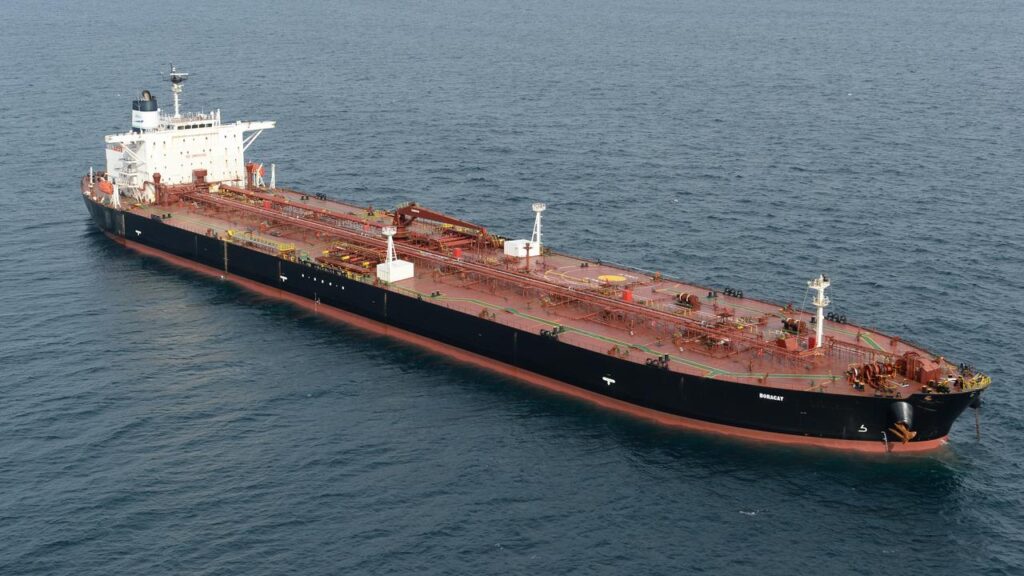
The European Union has agreed on a new raft of sanctions against Russia targeting its shadow fleet of oil tankers and banning its imports of liquefied natural gas, the Danish EU presidency says.
“Today is a good day for Europe and Ukraine,” Danish Foreign Minister Lars Løkke Rasmussen said in a statement, as EU leaders were gathering for a summit in Brussels.

He said the new sanctions “will introduce new and comprehensive measures on oil and gas, the shadow fleet and Russia’s financial sector.”
Rasmussen added it is positive that the United States and the EU agree on sanctioning Russia.
The EU sanction come after US President Donald Trump’s administration announced new sanctions against Russia’s oil industry that are aimed at moving Russian President Vladimir Putin to the negotiating table and ending Moscow’s war on Ukraine.
Ukrainian President Volodymyr Zelenskiy will take part in the one-day summit in Brussels, as he and his European backers press for a ceasefire.
The EU’s Russian LNG ban will take effect in two stages: short-term contracts will end after six months and long-term contracts from January 1, 2027.
The full ban comes a year earlier than the European Commission’s roadmap to end the bloc’s reliance on Russian fossil fuels.
Measures in the package also included a new mechanism to limit the movement of Russian diplomats within the EU.
“It targets Russian banks, crypto exchanges, entities in India and China, among others,” EU foreign policy chief Kaja Kallas said in a post on X.
“The EU is curbing Russian diplomats’ movements to counter the attempts of destabilisation. It is increasingly harder for Putin to fund this war.”
EU leaders intend to push forward with plans to use billions of dollars in frozen Russian assets to help fund Ukraine’s war efforts, despite some misgivings about the consequences of such a step.
The biggest tranche of frozen assets – some $US225 billion worth – are held in Belgium, and the Belgian government has been reluctant to take any risks on using the money without firm guarantees from its European partners.
Ukraine’s budget and military needs for 2026 and 2027 are estimated to total around $US153 billion.
The EU leaders are also likely to sign off on a new “road map” to prepare Europe to defend itself against a Russian attack by the end of the decade. Top officials believe that Russia could be ready to take aim at another European nation within three to five years.
with Reuters
AP